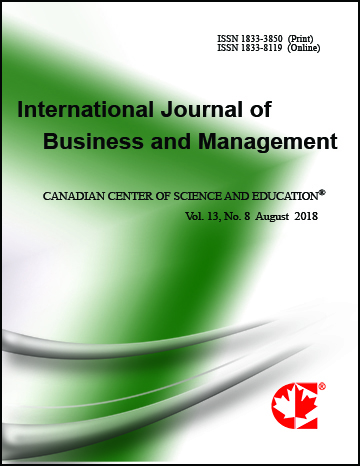PLS-SEM Based Analysis of Service Quality and Satisfaction in Open Distance Learning in Sri Lanka
- M. J. Perera
- Gapar Johar
- Ali Kathibi
- Halinah Atan
- Nalin Abeysekera
- Isuri Dharmaratne
Abstract
Students’ Perceived Service Quality (SPSQ) and Students’ Satisfaction (SSAT) in Open Distance Learning (ODL) are renowned features in Higher Education (HE) field in the present-day. The vast number of research studies have addressed diverse types of variables on different grounds. The ODL students are from various family backgrounds such as cultural, social, technological skill levels, and most importantly defer from basic educational entry qualifications. This must cognize how the HE institutions are able to offer their diversified services together with quality enhanced features to enjoy a competitive edge from the student’s satisfaction point of view. The number of students completing the course, or graduates passing out are diminishing when compared with the increase in number of registered student’s year on year. Most of the universities and HE institutions have faced student persistence and attrition problems and rush to find solutions with the concepts of service quality and satisfaction. The purpose of this study is mainly based on finding out the significant factors affecting the SPSQ and SSAT. This study will address the modified SERVQUAL constructs in relation to the SPSQ and SSAT. The independent variables were Assurance, Empathy, Responsiveness, Reliability, and Website Content and the dependent variables were the Students’ Perceived Service Quality and Satisfaction in ODL in the OUSL. Data was collected by using a self-administered questionnaire from 760 undergraduate students of the Open University of Sri Lanka (OUSL) covering six main regional centers island wide. The OUSL is the unique university operating under the ODL system in Sri Lanka. The analysis was based on descriptive and inferential statistics. The significant relationships are revealed between the SPSQ and Reliability, Responsiveness and Website Content. The other significant relationships are SSAT with Reliability and Website Content and the relationship between SPSQ and SSAT. The R2 for the SPSQ is 0.244 (24%) and SSAT is 0.549 (55%). The same research could be recommended as a future research with more service quality variables, and in regional centers as a longitudinal data collection method to understand more about service quality and satisfaction which influence student retention and completion.
 PDF
PDF
